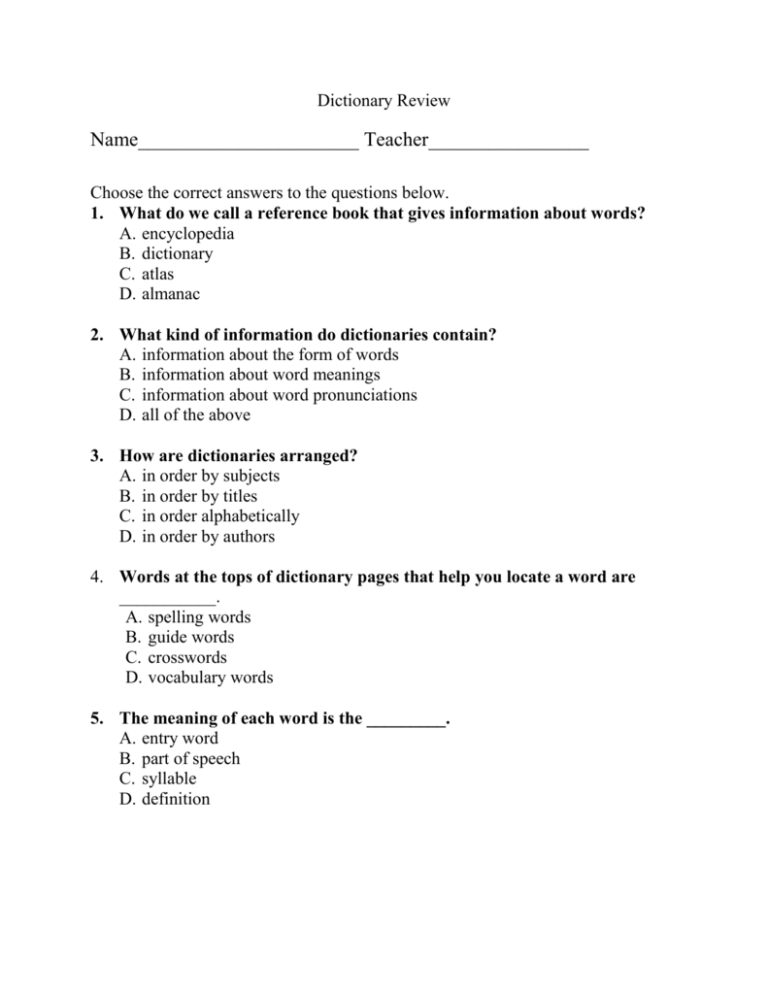Standards in this strand:
Conventions of Standard English:
Memory cleaner 1 2 – ram cleaner engine. Vocabulary.com is the world's best dictionary for English definitions, synonyms, quizzes, word games, example sentences, idioms, slang phrases, medical terms, legal. Complete Italian Grammar Verbs Vocabulary: 3 Books In 1 (Collins Easy Learning) Collins Dictionaries, To Love Is Wise Belinda Dell, Looking Into English: Bk. 2 Peter Emmens, Measurement Of Crystal Growth And Nucleation Rates Jaroslav Nyvlt. Here's your chance to practice! Wolf forms 2 36 – create php web forms free. Answer the questions at the top of each box with your own sentences and try your best to use your new words. To save your writing, make sure you have logged in before you start writing. When you are finished, click the 'SAVE WRITING' button. Your essay will be saved in 'MY TV411.'
Demonstrate command of the conventions of standard English grammar and usage when writing or speaking.
Explain the function of nouns, pronouns, verbs, adjectives, and adverbs in general and their functions in particular sentences.
Form and use regular and irregular plural nouns.
Use abstract nouns (e.g., childhood).
Form and use regular and irregular verbs.
Form and use the simple (e.g., I walked; I walk; I will walk) verb tenses.
Ensure subject-verb and pronoun-antecedent agreement.*
Form and use comparative and superlative adjectives and adverbs, and choose between them depending on what is to be modified.

Use coordinating and subordinating conjunctions.
Produce simple, compound, and complex sentences.
Demonstrate command of the conventions of standard English capitalization, punctuation, and spelling when writing.
Capitalize appropriate words in titles.
Use commas and quotation marks in dialogue.
Form and use possessives.
Use conventional spelling for high-frequency and other studied words and for adding suffixes to base words (e.g., sitting, smiled, cries, happiness).
Use spelling patterns and generalizations (e.g., word families, position-based spellings, syllable patterns, ending rules, meaningful word parts) in writing words.
Consult reference materials, including beginning dictionaries, as needed to check and correct spellings.
Knowledge of Language:
Use knowledge of language and its conventions when writing, speaking, reading, or listening.
Choose words and phrases for effect.*
Recognize and observe differences between the conventions of spoken and written standard English.
1/3 Times 3
Vocabulary Acquisition and Use:
Determine or clarify the meaning of unknown and multiple-meaning word and phrases based on grade 3 reading and content, choosing flexibly from a range of strategies.
Use sentence-level context as a clue to the meaning of a word or phrase.
Determine the meaning of the new word formed when a known affix is added to a known word (e.g., agreeable/disagreeable, comfortable/uncomfortable, care/careless, heat/preheat).
Use a known root word as a clue to the meaning of an unknown word with the same root (e.g., company, companion).
Use glossaries or beginning dictionaries, both print and digital, to determine or clarify the precise meaning of key words and phrases.

Use coordinating and subordinating conjunctions.
Produce simple, compound, and complex sentences.
Demonstrate command of the conventions of standard English capitalization, punctuation, and spelling when writing.
Capitalize appropriate words in titles.
Use commas and quotation marks in dialogue.
Form and use possessives.
Use conventional spelling for high-frequency and other studied words and for adding suffixes to base words (e.g., sitting, smiled, cries, happiness).
Use spelling patterns and generalizations (e.g., word families, position-based spellings, syllable patterns, ending rules, meaningful word parts) in writing words.
Consult reference materials, including beginning dictionaries, as needed to check and correct spellings.
Knowledge of Language:
Use knowledge of language and its conventions when writing, speaking, reading, or listening.
Choose words and phrases for effect.*
Recognize and observe differences between the conventions of spoken and written standard English.
1/3 Times 3
Vocabulary Acquisition and Use:
Determine or clarify the meaning of unknown and multiple-meaning word and phrases based on grade 3 reading and content, choosing flexibly from a range of strategies.
Use sentence-level context as a clue to the meaning of a word or phrase.
Determine the meaning of the new word formed when a known affix is added to a known word (e.g., agreeable/disagreeable, comfortable/uncomfortable, care/careless, heat/preheat).
Use a known root word as a clue to the meaning of an unknown word with the same root (e.g., company, companion).
Use glossaries or beginning dictionaries, both print and digital, to determine or clarify the precise meaning of key words and phrases.
Demonstrate understanding of figurative language, word relationships and nuances in word meanings.
Distinguish the literal and nonliteral meanings of words and phrases in context (e.g., take steps).
Identify real-life connections between words and their use (e.g., describe people who are friendly or helpful).
Distinguish shades of meaning among related words that describe states of mind or degrees of certainty (e.g., knew, believed, suspected, heard, wondered).
Dictionaries 1 3 3 Vocabulary Words
Acquire and use accurately grade-appropriate conversational, general academic, and domain-specific words and phrases, including those that signal spatial and temporal relationships (e.g., After dinner that night we went looking for them).

